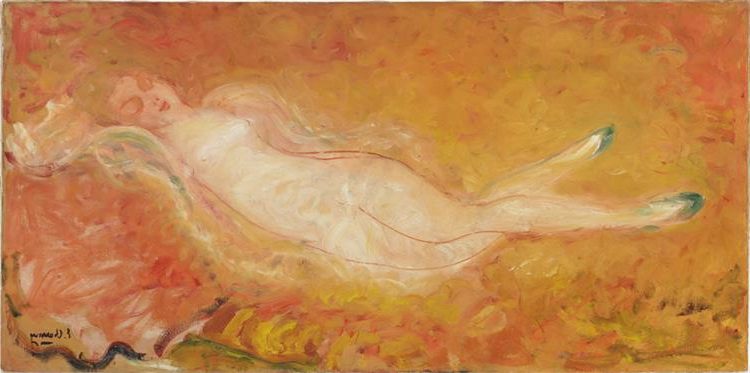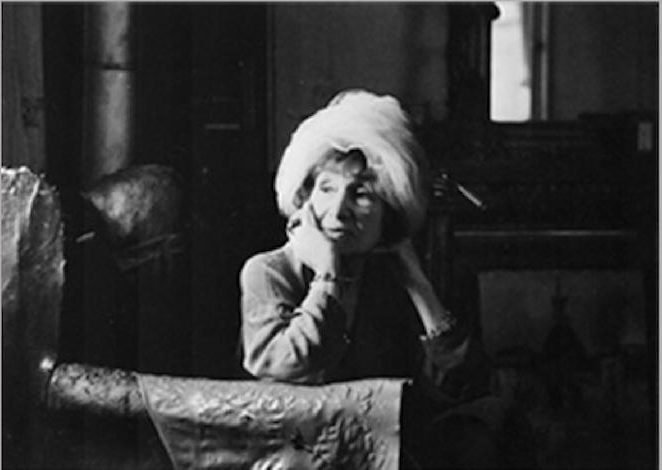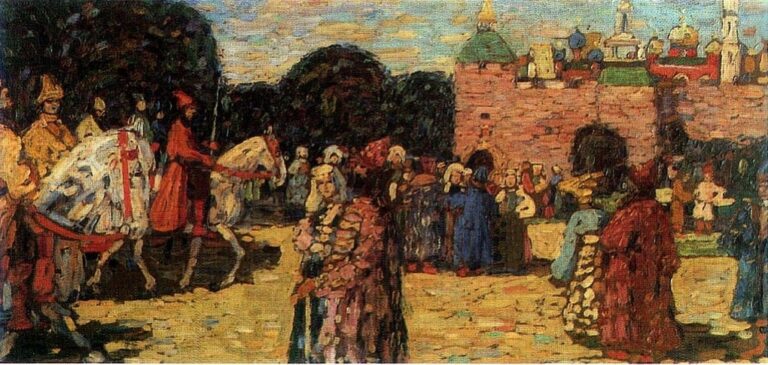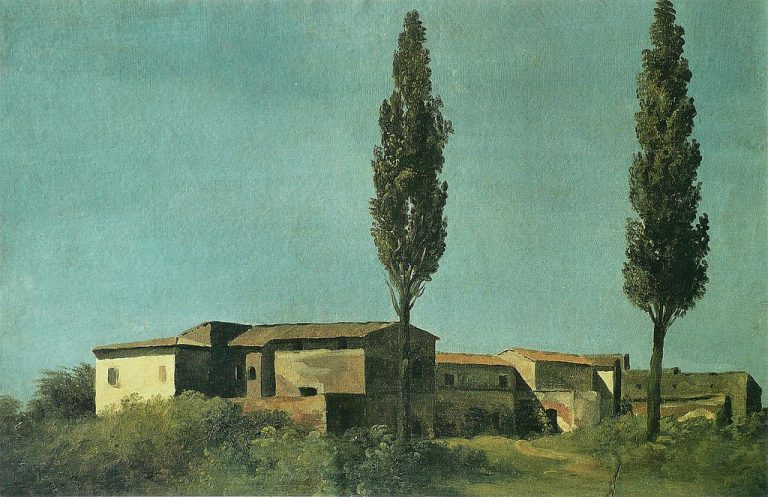Émilie Charmy Painter: Pioneering French Impressionist of the 20th Century
Born: April 2, 1878, Saint-Etienne, France
Death: June 7, 1974, Paris, France
Art Movement: Impressionism, Post-Impressionism, Fauvism, School of Paris
Nationality: French
Teacher: Jacques Martin
Institution: School of Applied Arts, Karlsruhe
Émilie Charmy Painter: Pioneering French Expressionist of the 20th Century
Life and Career of Émilie Charmy
Émilie Charmy emerged as a bold figure in early 20th-century French art. She defied social norms and carved out a successful career as a painter during a time when women faced many obstacles in the art world.
Early Life and Education
Émilie Charmy was born on April 2, 1878, in Saint-Étienne, France. She became an orphan at a young age. Her brother Jean took on the role of her guardian.

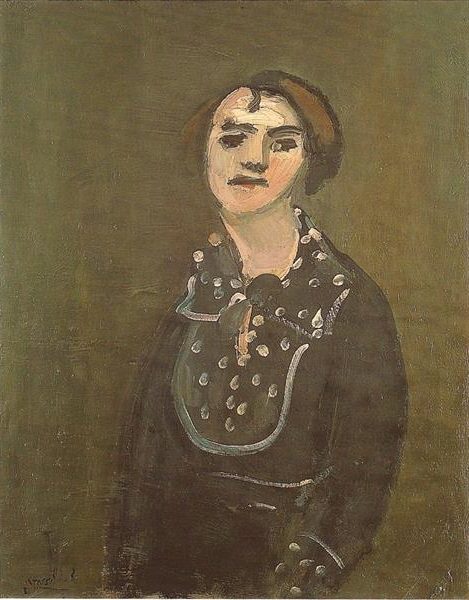
He noticed her early artistic talent and made the decision to move them to Lyon. This move proved crucial for Charmy’s artistic development.
In Lyon around 1898, she met painter Jacques Martin. Charmy often visited Martin’s studio. She became his student and began to refine her skills.
Journey into Art: Lyon to Paris
Charmy’s artistic journey took her from Lyon to Paris, the heart of the French art scene. In Paris, she worked closely with Fauve artists like Henri Matisse.
This connection influenced her bold use of color and expressive style. She actively exhibited her work in Paris.
Berthe Weill, a notable art dealer, played a key role in promoting Charmy’s art. Weill’s support helped Charmy gain visibility in the competitive Parisian art world.
Charmy’s move to Paris aligned with the rise of the “New Woman” in the early 20th century. She embodied this concept, pursuing a career in a male-dominated field.
Critical Reception and Support
Charmy’s work gained recognition and respect in artistic circles. Critics and collectors interested in modern French art took notice of her distinctive style. Her art was seen as provocative and unique.
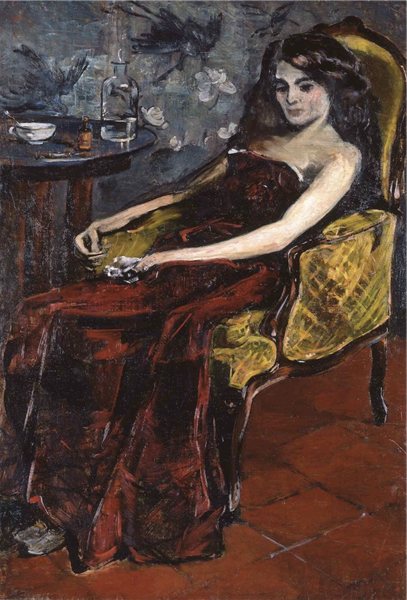

She faced challenges as a woman artist but also found support. Writers like Roland Dorgelès and Louise Weiss championed her work. Their backing helped solidify her place in the avant-garde art scene.
Charmy’s bold approach to color and form set her apart. Her paintings often featured vivid hues and energetic brushstrokes. This style resonated with those seeking fresh perspectives in art.
Later Years and Legacy
Charmy continued to paint and exhibit her work throughout her long life. She passed away on June 7, 1974, at the age of 96. Her career spanned major shifts in art movements, from Impressionism to early Modernism.
Today, Charmy is remembered as a pioneering female artist. Her work is found in notable collections and museums. Art historians now study her contributions to early 20th-century French art.
Charmy’s legacy lies in her ability to succeed against societal norms. She paved the way for future generations of women artists. Her bold, expressive paintings continue to captivate viewers and scholars alike.
Artistic Style and Contributions
Émilie Charmy developed a bold and expressive painting style that evolved over her career. Her work spanned several artistic movements and featured distinctive themes and motifs.
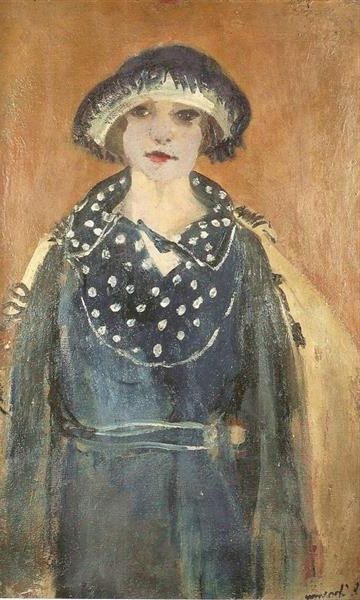
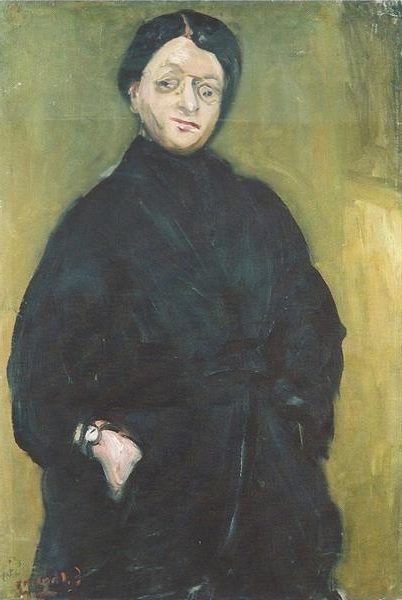
Evolution from Impressionism to Fauvism
Charmy’s early work showed Impressionist influences. She used light brushstrokes and focused on capturing fleeting moments.
As her style matured, Charmy embraced Fauvism. She adopted vivid colors and strong brushwork typical of the movement.
Her landscapes and still lifes from this period feature bright, non-naturalistic hues. Charmy applied paint thickly, creating textured surfaces that added depth to her work.
Iconic Themes and Motifs
Charmy often painted female nudes and portraits. Her depictions of women were frank and unapologetic.
She explored themes of feminine identity and sexuality in her art. This was unusual for a female artist of her time.
Flower paintings were another recurring subject. Charmy’s floral works combined bold colors with loose, expressive brushstrokes.
Her self-portraits offer insight into her artistic vision. These works show Charmy’s confidence as a woman artist in a male-dominated field.
Influence of the Avant-Garde Movement
Charmy was part of the early avant-garde in Paris. She worked alongside Fauve artists like Henri Matisse and Charles Camoin.
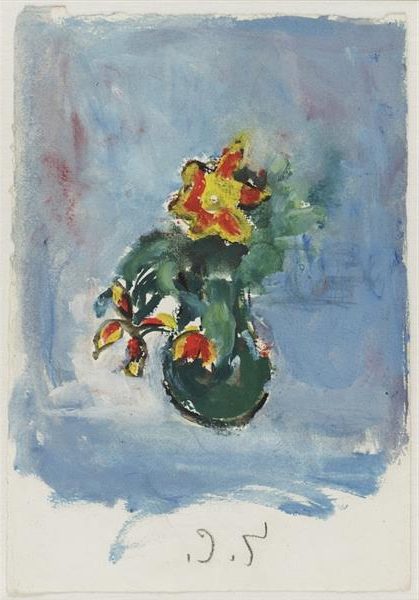
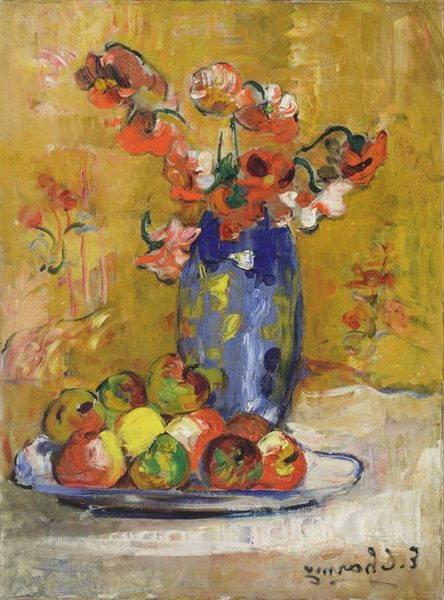
The avant-garde’s push for artistic innovation shaped Charmy’s approach. She experimented with form and color in her paintings.
Charmy’s work challenged traditional gender roles in art. Her bold style and choice of subjects broke from expectations for women artists.
She was associated with the School of Paris, a group of artists working in the city in the early 20th century.
Exhibitions and Recognition
Charmy exhibited regularly at major Paris salons. These included the Salon d’Automne and Salon des Indépendants.
Her work gained attention from critics like Louis Vauxcelles. Vauxcelles praised Charmy’s bold use of color and expressive style.
In 1913, Charmy’s paintings were shown at the groundbreaking Armory Show in New York. This exhibition introduced European modernism to American audiences.
Charmy’s art was well-received during her lifetime. She achieved recognition as an important figure in early 20th-century French painting.
Charmy’s Impact and Representation
Émilie Charmy challenged gender norms in art and gained recognition for her bold style. Her work is now displayed in major museums and has been the subject of solo exhibitions.

Seated Figure, Corsica (c. 1907) by Émilie Charmy
The Gender Dynamics of Her Work
Charmy defied expectations for female artists of her time. She painted female nudes with a frank, assertive style typically associated with male artists.
This approach aligned her with the “New Woman” ideal of the early 20th century. Charmy’s art pushed back against traditional “feminine” subjects and techniques.
She used thick brushstrokes and vivid colors to create powerful, expressive works. Her style blended elements of Fauvism and early Modernism.
By tackling subjects like the female nude, Charmy claimed space in a male-dominated field. Her work helped expand ideas about women’s roles in art and society.
Collections and Public Exhibitions
Charmy’s paintings are now held in several major museums. The Musée de Grenoble in France has a significant collection of her work. The Art Institute of Chicago also owns some of her pieces.
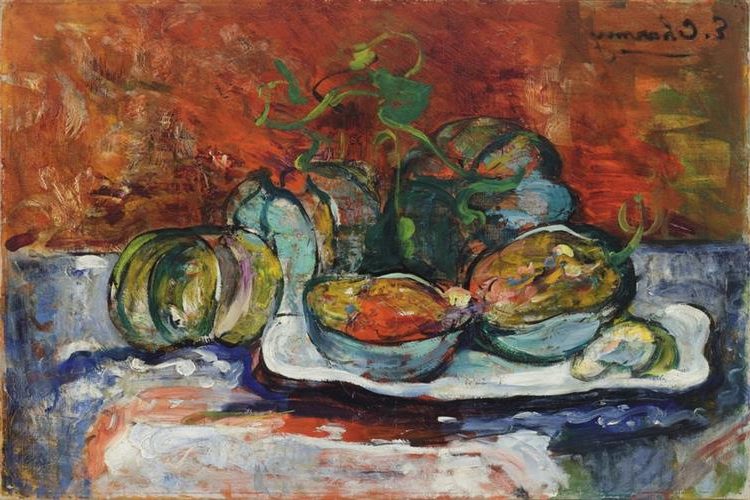
Still Life (c. 1904) by Émilie Charmy
In the 1920s, Charmy had a solo show at the Galerie d’Art Ancien et Moderne in Paris. This exhibit helped cement her reputation in the art world.
More recently, Charmy’s work has been rediscovered by modern audiences. In 2013, she had a solo exhibition in New York. The show included both paintings and photographs, giving a full picture of her artistic legacy.
These exhibitions have brought new attention to Charmy’s contributions to avant-garde art. They highlight her unique voice and her impact on early 20th century painting.
Frequently Asked Questions
Émilie Charmy made unique contributions to early 20th-century art movements. Her work blended different styles and challenged expectations for female artists of her era.
What significant contributions did Émilie Charmy make to the Fauvist movement?
Charmy worked closely with Fauve artists like Henri Matisse. She used bold colors and expressive brushstrokes typical of Fauvism. Her paintings showed strong emotion through vivid hues and simplified forms.
How did Post-Impressionism influence the work of Émilie Charmy?
Post-Impressionist ideas shaped Charmy’s art. She moved beyond just capturing visual impressions.
Charmy focused on conveying feelings and moods in her paintings. Her work featured thick paint application and distorted forms.
Which notable works of Émilie Charmy exemplify her use of Pointillism?
Charmy did not widely use Pointillism in her art. Her style leaned more toward Fauvism and Expressionism. She preferred bold brushstrokes over tiny dots of color.
Can Émilie Charmy’s style be seen as a precursor to any modern movements in painting?
Charmy’s expressive use of color and form hinted at later art trends. Her work showed elements of early Modernism. It helped pave the way for more abstract styles in painting.
In what ways did Émilie Charmy’s gender impact her recognition in the art world during her time?
As a woman, Charmy faced barriers in the art world. She defied norms by becoming an artist.
Despite challenges, she gained respect and exhibited her work in Paris. Her success opened doors for other female artists.
How did Émilie Charmy differentiate her work from her contemporaries in the Fauvism movement?
Charmy developed her own distinct style within Fauvism. She often focused on female subjects and nudes. Her paintings featured thick paint and strong rhythms. Charmy’s work stood out for its intense emotion and rich textures.

